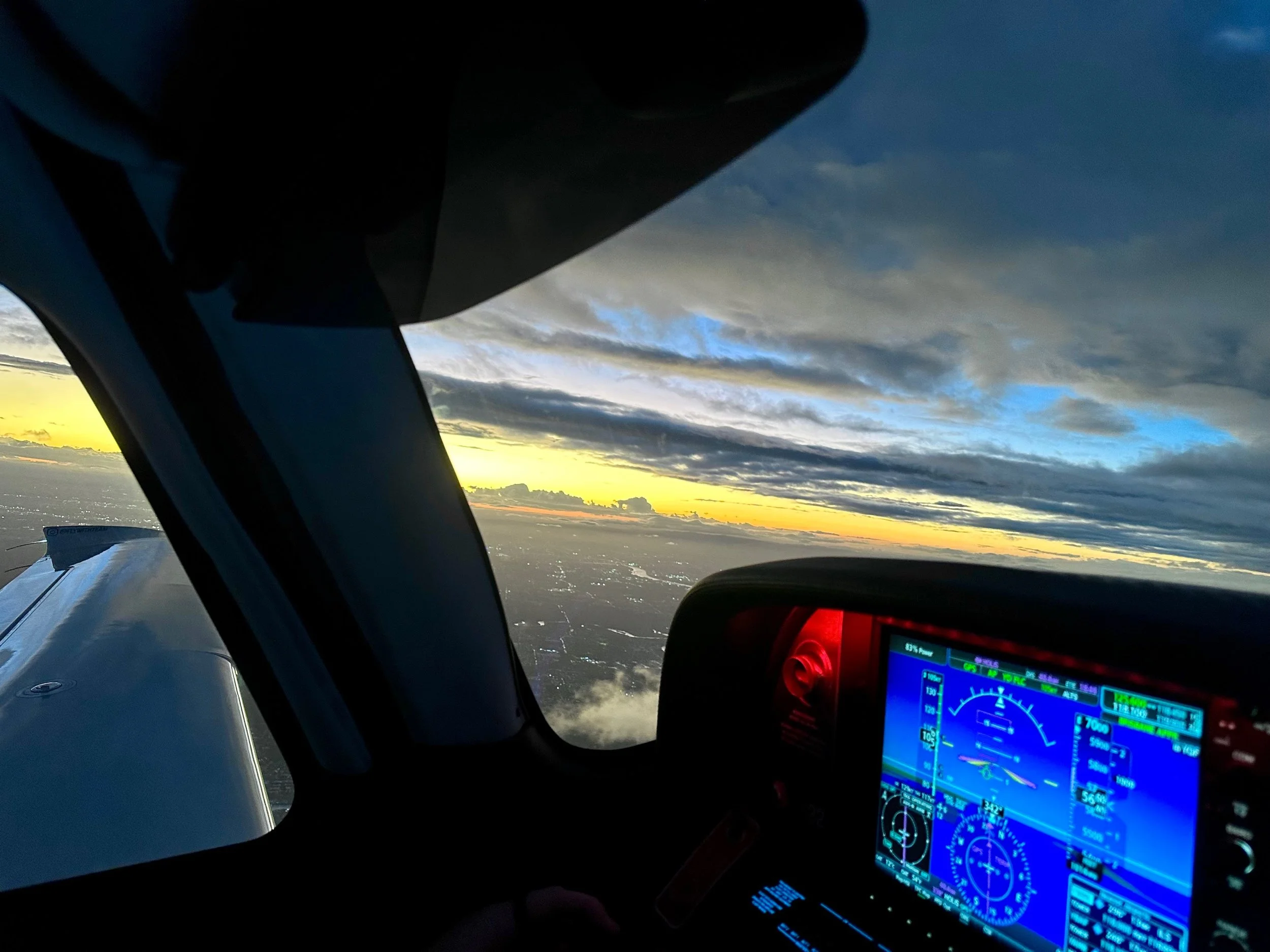Mastering IFR: Flight Planning, Approaches, and Safety Tips
Flying under Instrument Flight Rules (IFR) requires precision, confidence, and thorough preparation. Whether you're refreshing your skills, preparing for an Instrument Proficiency Check (IPC), or planning a cross-country IFR flight, understanding the nuances of IFR flight planning, instrument approach procedures, and IFR safety considerations is essential. In this guide, we'll cover key IFR concepts to help you navigate complex airspace, manage challenging weather conditions, and maintain situational awareness.
Pilot and Aircraft Requirements
Pilot Requirements:
Pilots with an Instrument Rating must complete an Instrument Proficiency Check (IPC) every 12 months, conducted by a flight examiner.
Pilots flying under a Private IFR (PIFR) must complete a flight review every 24 months.
Recency for Instrument Rated pilots: at least three instrument approaches within the last 90 days.
Recency for PIFR holders: one approach of each type intended to be flown within six months.
Route Selection:
Refer to the ERSA (En Route Supplement Australia) Flight Planning Requirements. Always check preferred routes, avoid restricted areas, and meet ATC requirements.Lower Safe Altitude (LSALT):
Calculate the LSALT based on the highest obstacle plus 1,000 feet—or use 1,360 feet if obstacles aren't reliably reported.Fuel Requirements:
Always maintain a final reserve of 45 minutes and include additional holding fuel when necessary. Don't forget to account for missed approach fuel consumption.Weather Considerations:
Use TAFs, GAFs, and METARs to gather weather forecasts within 60 minutes before departure. Always plan for alternates if conditions are marginal or deteriorating.
✅ Pro Tip: Update your weather briefing immediately before departure to capture any last-minute changes.
Navigating IFR Approaches
Instrument approaches under IFR are broadly classified as either 2D or 3D:
2D Approaches (e.g., LNAV, VOR, or NDB) provide lateral guidance only, requiring careful altitude management to maintain obstacle clearance.
3D Approaches (e.g., ILS, RNAV with LPV) provide both lateral and vertical guidance, improving accuracy and safety.
When executing a 2D approach, adhere to the Minimum Descent Altitude (MDA). Unlike a Decision Altitude (DA), reaching the MDA doesn't automatically trigger a missed approach. You may continue level flight until the missed approach point unless visual references are acquired. For 3D approaches, a decision must be made upon reaching the DA.
Missed approaches provide a minimum obstacle clearance of 100 feet and follow a specific published path. Familiarity with these procedures ensures swift, safe execution when necessary.
✅ Pro Tip: Always brief the missed approach procedure before you start the approach—never assume you won't need it.
Essential IFR Safety Tips
Safety must be the foundation of every IFR flight:
Weather Management:
Always monitor freezing levels and icing conditions. Confirm anti-icing or de-icing systems are operational before entering known icing conditions.Radio Communication Failures:
In the event of lost communication:Squawk 7600.
Follow the last ATC clearance.
Proceed to the designated destination or alternate as per procedure.
Holding Patterns:
Traffic congestion or bad weather can require holding. Ensure correct entry procedures and adjust for wind to maintain the published holding pattern.
✅ Pro Tip: Practice holding pattern entries regularly—even a few months without practice can make you rusty.
Mastering IFR operations is a continuous journey of learning, refinement, and hands-on flying. By staying current with regulations, sharpening your approach techniques, and anticipating challenges, you'll build confidence and resilience in every IFR environment.
Looking to go beyond the basics? Whether you're an experienced pilot brushing up on your IFR procedures, a student preparing for your Instrument Rating test, or a PIFR holder looking to regain proficiency, our IFR Refresher: From Rusty to Ready webinar recording is designed for you.
Led by a Grade 1 instructor, this webinar offers practical insights, real-world scenarios, and expert strategies to help you navigate every IFR challenge with ease.

